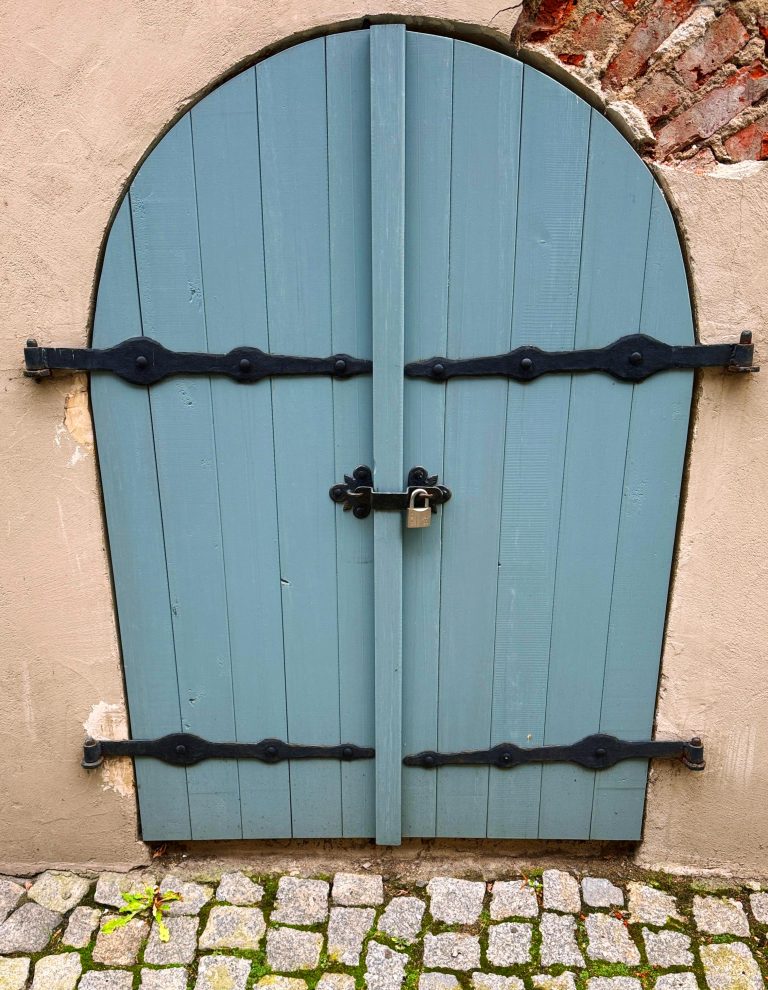In home design, much of the attention tends to go to standout elements—flooring, colour palettes, cabinetry, lighting. Yet, some of the most essential features are often those you don’t notice until something goes wrong. Hinges are a prime example. They quietly do their job day in and day out, but their influence on the function and feel of a space is more significant than they’re often given credit for.
From cabinetry to internal doors, choosing the right hinges can shape how smoothly and silently a room operates. Beyond practicality, they also have a design function—offering subtle cues to quality, style, and even craftsmanship.
Types of Hinges and Their Best Applications
Understanding which hinge to choose starts with knowing what’s available. Among the most commonly used are butt hinges, concealed hinges, and piano hinges.
Butt hinges are perhaps the most traditional type, often used for internal doors. They’re simple, strong, and reliable—ideal for rooms where a classic aesthetic is preferred.
Concealed hinges, also known as European hinges, are more commonly seen in kitchens or built-in wardrobes. Their hidden profile offers a cleaner look, making them the go-to choice for modern cabinetry.
Piano hinges, running the full length of a door or panel, are useful when consistent support is needed, such as on storage boxes or fold-down desks.
Each type serves a specific purpose, and selecting the wrong one can compromise either the appearance or the operation of the unit it’s fixed to. That’s why it’s worth considering your options carefully before committing.
Design Details that Make a Difference
While hinges are fundamentally practical, the style and finish also influence how they blend into or elevate a space. Brass or black powder-coated finishes, for example, can add subtle visual interest or harmonise with door handles, cupboard knobs, or light switches.
Even the shape of the hinge—rounded versus square corners—can help maintain visual consistency across the home. For period properties, decorative butt hinges or those with finials can add character. In contemporary homes, clean-lined concealed hinges support a minimalist style.
Whether you’re working on a heritage restoration or a new-build interior, paying attention to such design details helps reinforce the overall theme.
Functional Considerations When Choosing Hinges
Design aside, choosing the right hinges also means thinking about how they perform over time. The weight and size of the door or panel, the frequency of use, and even humidity levels in a room all play a role.
Heavy solid-core doors need strong hinges with larger leaf sizes and possibly ball-bearing mechanisms to manage long-term stress. In bathrooms or kitchens, corrosion-resistant finishes become more relevant. Soft-close hinges, meanwhile, are a popular choice for kitchen cupboards, helping preserve surfaces and reduce noise.
Precision is key here. A well-chosen hinge will keep doors aligned, moving smoothly, and sitting flush—creating a polished look that doesn’t just rely on aesthetics.
In the world of interiors, it’s often the overlooked features that quietly influence how a space functions and feels. Hinges may not be the first thing discussed in a renovation brief, but they underpin many elements that contribute to a high-quality finish. From performance to visual harmony, choosing the right hinge brings strength and subtlety together in one essential detail.


